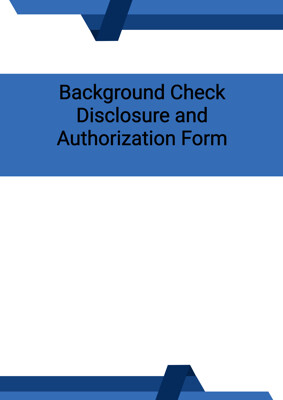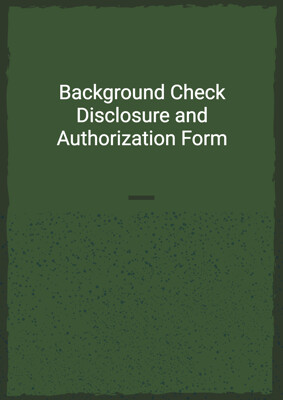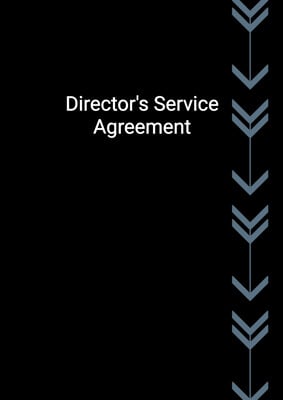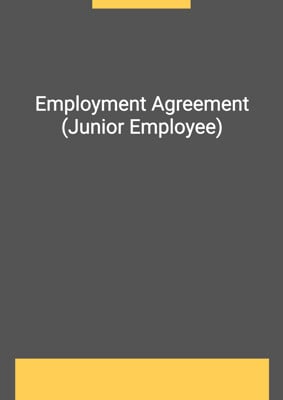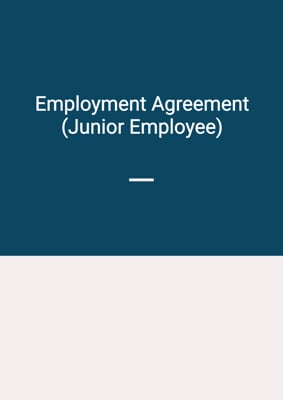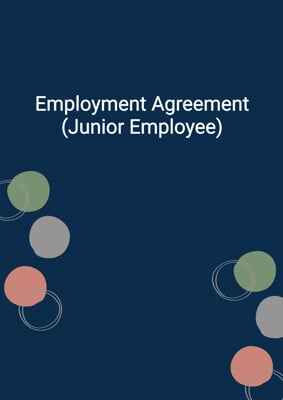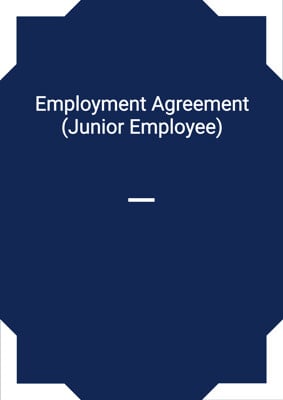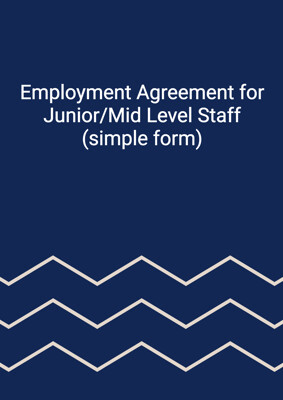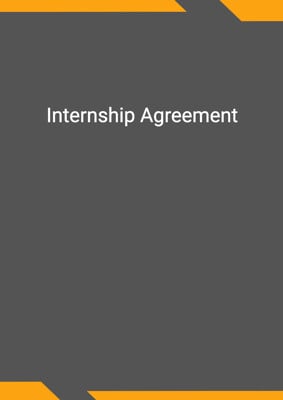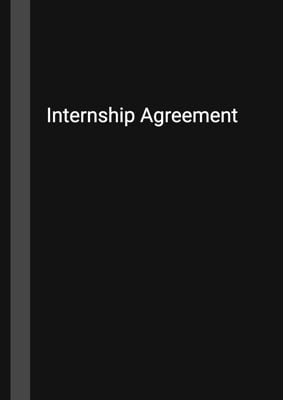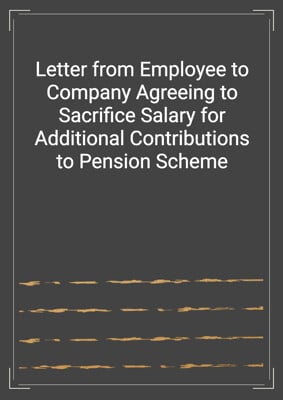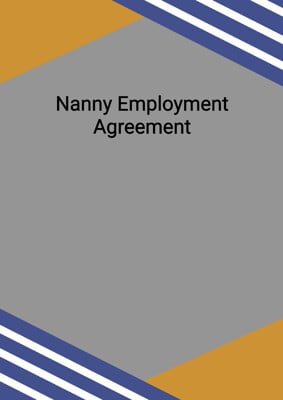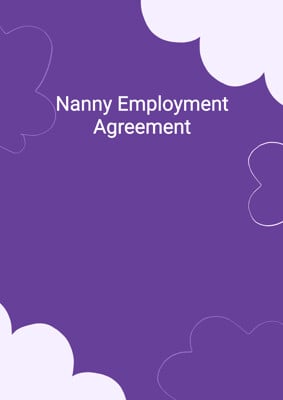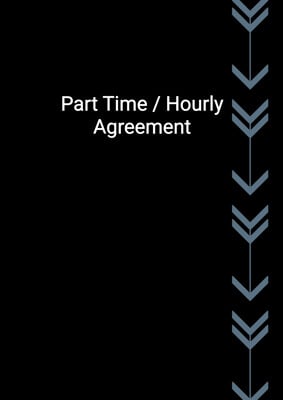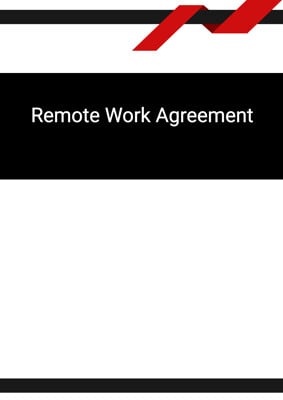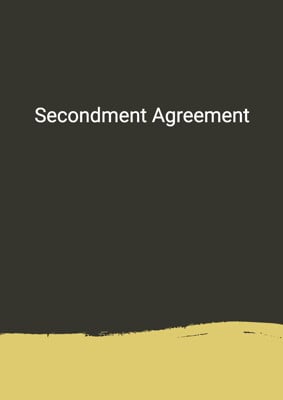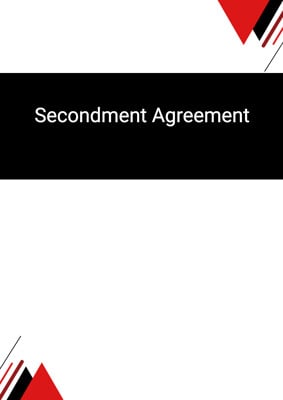How to Tailor the Document for Your Need?
01
Create Document
Fill in the details of the parties. You can click the "Fill with Member’s Information" button to complete it with information saved to your account.
02
Fill Information
Please fill in any additional information by following the step-by-step guide on the left hand side of the preview document and click the "Next" button.
03
Get Document
When you are done, click the "Get Document" button and you can download the document in Word or PDF format.
04
Review Document
Please get all parties to review the document carefully and make any final modifications to ensure that the details are correct before signing the document.
Document Preview
Document Description
An employment agreement, also known as a job contract, is a legally binding document that establishes the terms and conditions of employment between an employer and an employee. Any provisions in the agreement, although freely negotiated by the parties, must comply with the employment law and relevant regulations in the specific jurisdiction, otherwise the terms will become void. Typically, an employment agreement will include the computation of wages, length of notice required to terminate the contract, discipline, legal clauses, etc.
An employment agreement is crucial in solidifying a working relationship between employee and employer by defining the responsibilities and obligations of both parties. From the employees’ perspective, such an agreement can improve their work experience by providing a clear understanding of their job responsibilities and therefore the expectations of their work. Also, the agreement may enhance their job security since their employment status, as well as other remuneration, are protected. From the employers’ point of view, the agreement is an effective tool to protect the company’s business interest by explicitly setting out terms such as confidentiality, intellectual property, non-solicitation and non-compete.
Although an employment agreement (in writing) is not always mandatory, it is highly recommended for the sake of clarity and legal compliance. As industry practice and the company’s prospects may change, an employment agreement can also be modified if necessary, but any changes must follow the procedures set out in the agreement.
The following are the details of each section.
Section 1: Duties and Job Description
This section explains the employee's position and the duties they are expected to perform. It emphasizes that the employee is subject to the supervision and direction of the company.
Section 2: Period of Employment
This section covers the start date of employment, the length of employment, working hours, holidays, and leave entitlements. It also mentions the employee's right to work in Hong Kong and the company's treatment of previous employment.
Section 3: Probation
This section outlines the probationary period and the conditions under which either party can terminate the employment during this period.
Section 4: Remuneration
This section specifies the employee's salary, enrollment in the mandatory provident fund scheme, personal tax responsibilities, and deductions that may be made by the company.
Section 5: Discipline
This section requires the employee to abide by the company's rules and regulations and prohibits the employee from engaging in any other business without prior approval.
Section 6: Termination
This section lists various grounds for termination, including breach of the agreement, notice by either party, death or incapacitation of the employee, withdrawal of permissions, conviction of a criminal offense, bankruptcy, gross misconduct, or serious breach of the agreement. It also mentions the employee's obligation to assist the company in litigation cases.
Section 7: Disputes
This section states that any disputes related to the agreement will be settled through voluntary mediation and, if necessary, by the jurisdiction state courts.
Section 8: Entire Agreement
This section emphasizes that any modifications to the agreement must be in writing and signed by both parties. It also clarifies that the agreement binds and benefits both parties and that its provisions are separate and divisible.
Section 9: Confidentiality
This section addresses the employee's access to confidential information and their obligation to keep it confidential. It also prohibits the employee from making unauthorized copies or removing confidential information from the company's facilities.
Section 10: Intellectual Property
This section requires the employee to disclose any intellectual property created during their employment and grants the company rights and interest in such intellectual property. It also prohibits the employee from using the company's name in publications without prior consent.
Section 11: Non-Solicitation and Non-Compete
This section prohibits the employee from soliciting the company's customers, clients, manufacturers, or suppliers upon termination of the agreement. It also prohibits the employee from communicating with or hiring any current or former employees of the company. It further restricts the employee from establishing a competing business or activity within a certain distance and time period after leaving the company.
Section 12: Rights of Third Party
This section clarifies that third parties have no right to enforce the terms of the agreement.
Section 13: Execution
This section acknowledges the acceptance of the agreement by both parties and the employee's receipt of a copy of the agreement.
Overall, the document covers all aspects of the employment relationship, including duties, period of employment, remuneration, discipline, termination, disputes, confidentiality, intellectual property, non-solicitation, and non-compete obligations. It ensures that both parties are aware of their rights and responsibilities and provides a framework for resolving any disputes that may arise.
How to use this Document?
This document should be carefully read by the Company and the Employee.
Both parties should sign and return a copy, and once signed, both parties should get a copy. To avoid any future disputes, both parties may wish to have their signatures witnessed.
Different aspects of details related to the job, including the job description, period of employment, remuneration, etc should all be clearly stated in the employment agreement.
If either party wishes to amend the agreement in the future, both parties should agree to do so, and the original agreement and amendments should be recorded in writing and signed by both parties.
Not the right document?
Don’t worry, we have thousands of documents for you to choose from:

